 Your new post is loading...
 Your new post is loading...
In following along on a conversation via Linked In, I saw Shana V. White ask this question: How do you define "ethically"? Later, someone asks the question that Shana may really be asking in regards to AI, "What is ethical AI?" From my perspective, the questions raise the bigger issues. It reminded me of a…
Via Nik Peachey
The current research landscape may be messy and contradictory, but it illuminates a crucial truth: the impact of AI on education isn’t predetermined by the technology itself—it’s determined by the educational system we choose to implement it within.
Via Nik Peachey
There have been extensive evaluations of artificial intelligence (AI) systems for
narrow medical tasks, but more work is needed to systematically evaluate and deploy
AI systems that can perform a broad range of medical tasks. The medical training process
itself might offer a template for addressing this challenge. Clinicians undergo rigorous
education and training, progressing through stages of increasing responsibility and
autonomy. Similarly, generalist medical AI systems could be subjected to a phased
certification model before they are granted greater autonomy in patient care.
Via Lionel Reichardt / le Pharmageek
As educators, we’re constantly bombarded with new technologies promising to revolutionise our classrooms. Artificial Intelligence has certainly generated its share of both excitement and skepticism (and let’s be honest, a fair bit of eye-rolling too). However, beyond the debates and theoretical discussions, there are practical, immediate applications that can genuinely enhance our teaching practice today.
Via Nik Peachey
For a while, the comforting narrative went like this: AI won’t take your job. But someone using AI will. So, all you had to do was to use AI, and even if you lost your job you could take someone else’s?
Via Edumorfosis, Nik Peachey
When I compare the 7 years I had battling the cellphone in the classroom, vs almost an entire year of phone free schooling, there is no comparison. Our kids are smarter, more social, and more motivated to do the things they actually want to accomplish in this world when they don’t have a pavlovian vibration derailing their attention every 20 seconds.
Via Nik Peachey
Based on the theory of disruptive innovation, this paper looks at three case studies of genAI use in education representing different levels of disruptiveness: the sustaining enhancing innovation of combining genAI and flipped classrooms, the sustaining challenging innovation of genAI-aided active learning, and the disruptive innovation of the teacherless classroom.
Via Nik Peachey
At Stanford HAI, we believe AI is poised to be the most transformative technology of the 21st century. But its benefits won’t be evenly distributed unless we guide its development thoughtfully. The AI Index offers one of the most comprehensive, data-driven views of artificial intelligence. Recognized as a trusted resource by global media, governments, and leading companies, the AI Index equips policymakers, business leaders, and the public with rigorous, objective insights into AI’s technical progress, economic influence, and societal impact.
Via Nik Peachey
Content curation is a vital part of the creative process. In this blog post and podcast, we explore why curation matters and how we can help students learn how to engage in the curation process. Listen
Via Nik Peachey
These proponents of AI predict that the impact of superhuman AI over the next decade will be enormous, exceeding that of the Industrial Revolution. They wrote a scenario that represents their best guess about what that might look like. It’s informed by trend extrapolations, wargames, expert feedback, experience at OpenAI, and previous forecasting successes.
Via Edumorfosis, Nik Peachey
An edtech expert describes what substitution, augmentation, modification, and redefinition mean in lesson design—and how to reach that elusive final level.
Via Yashy Tohsaku, Nik Peachey
|
Schools are building innovative use cases for artificial intelligence that improve lesson planning and guide students into deeper creativity and critical thinking.
Via EDTECH@UTRGV, Nik Peachey
The governance of generative artificial intelligence (AI) technologies in medicine
has become a major topic of discussion due to concerns about their rapid development
and use, which have outpaced existing regulatory measures.1 Findings from a recent
large-scale survey underscore the urgency of renewed oversight, revealing that one
(20%) in five of the UK-based general practitioners surveyed use large language model
(LLM) chatbots for clinical tasks.2 Although much attention has been focused on popular
and widely available LLM-based chatbots, such as ChatGPT (OpenAI and Microsoft), addressing
unresolved challenges related to privacy, bias, accuracy, and accountability requires
a standardised frameworks that goes beyond the regulation of chatbot as conversational
tools and considers the wider AI capabilities for data generation.
Via Lionel Reichardt / le Pharmageek
The core purpose of education is to foster meaningful learning: developing students’ knowledge, skills, and critical thinking. Thus, the most pressing question is how ubiquitous AI assistance affects student learning and engagement with course material. There are valid concerns that easy access to generative AI may encourage academic shortcutting at the expense of learning. Writing an essay or solving a problem set is not busy work; it is structured adversity that develops reasoning, creativity, and resilience. If AI tools simply hand students the answers, they risk short-circuiting that developmental journey. Indeed, early evidence suggests some students are becoming less engaged in the learning process when AI is there to do the heavy lifting. This attitude is troubling: if a generation of students concludes that studying is futile because a chatbot can do it for them, education could face a crisis of engagement.
Via Nik Peachey

|
Scooped by
Richard Platt
May 19, 2:35 AM
|
If AI allows students to automate routine cognitive tasks – like information retrieval or ensuring that verb tenses are consistent – it doesn’t mean they’re thinking less. It means their thinking is changing.
Via Nik Peachey
In a landmark study poised to redefine the precision medicine landscape, researchers have successfully harnessed real-world data alongside advanced machine learning techniques to identify predictive subphenotypes that forecast clinical outcomes with unprecedented accuracy.
Via Emmanuel Capitaine , Lionel Reichardt / le Pharmageek
Based on our comprehensive risk assessments, we've found that AI companion tools pose unacceptable risks to children and teens under age 18 and shouldn't be used by kids, regardless of whether the tool is intended for use by kids or not.
Via Nik Peachey
Introduction Key metaphors help determine what and how we perceive and how we think about our perceptions.” — M. H. Abrams The future is filled with unknowns, mysteries, and alternative possibilities.
Via Nik Peachey
The integration of generative artificial intelligence (GAI) in education has been met with both excitement and concern. According to a 2023 survey by the World Economic Forum, over 60% of educators in advanced economies are now using some form of artificial intelligence (AI) in their classrooms, a significant increase from just 20% 5 years ago
Via Nik Peachey
Teachers and caregivers can support children who are highly sensitive to the school environment and their emotions.
Via Nik Peachey
|



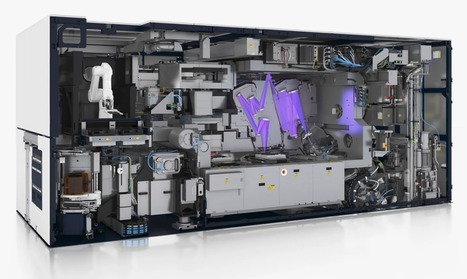


 Your new post is loading...
Your new post is loading...
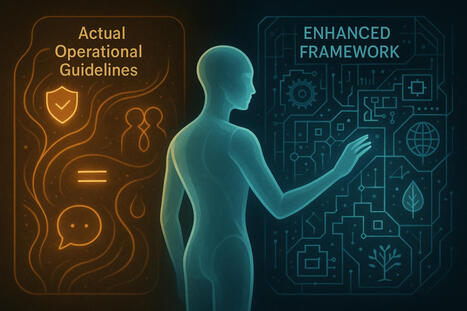







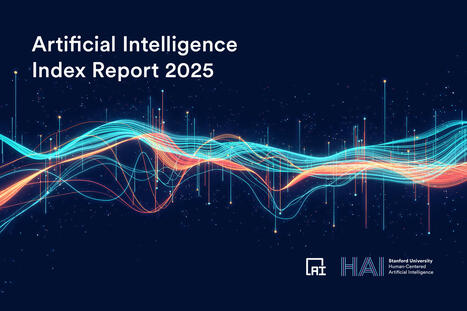
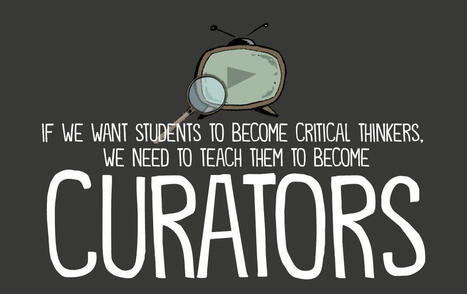
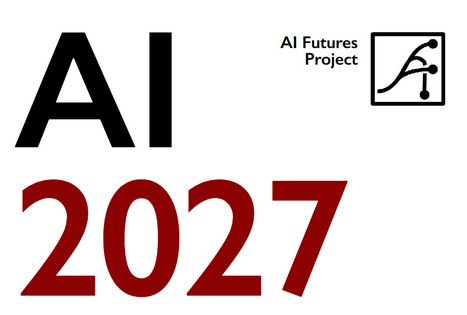










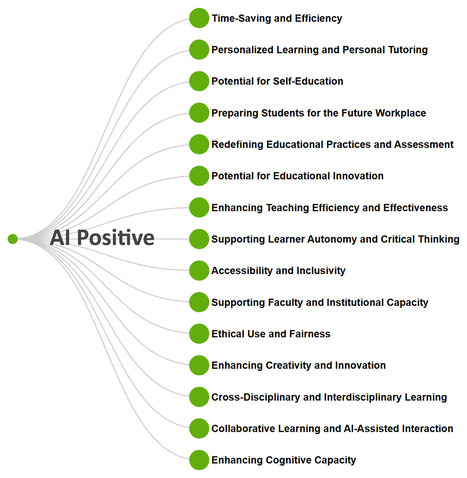


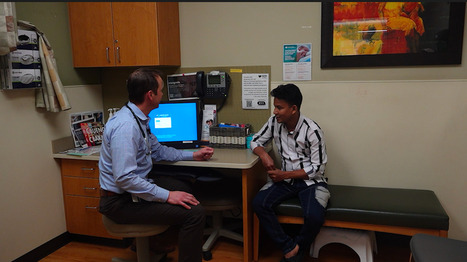





“To tell you the truth, nobody actually wants to use EUV,” says David Kanter, a chip analyst with Real World Technologies. “It's a mere 20 years late and 10X over budget. But if you want to build very dense structures, it’s the only tool you’ve got.” ASML’s new machine introduces an additional trick to produce smaller features on a chip: a larger numerical aperture, which increases the resolution of imaging by allowing light to travel through the optics at different angles. This requires significantly larger mirrors and new software and hardware to precisely control the components. ASML’s current generation of EUV machines can create chips with a resolution of 13 nanometers. The next generation will use High-NA to craft features 8 nanometers in size.